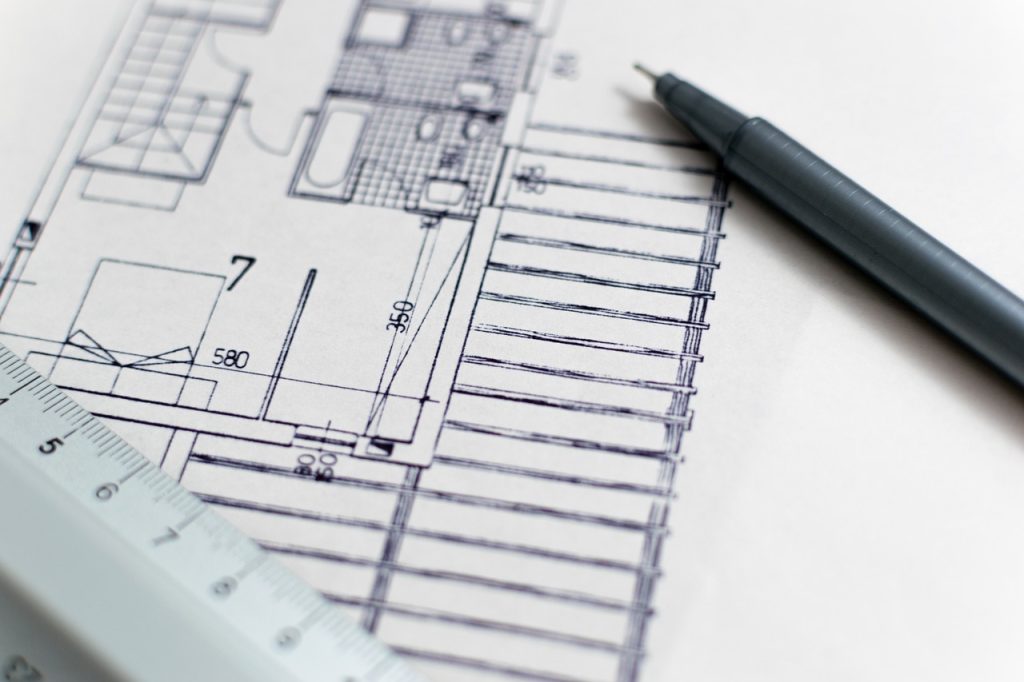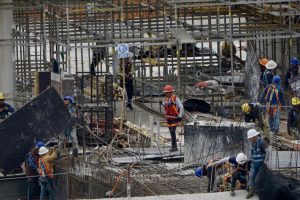In the world of construction, where precision, accountability, and coordination are essential, construction specifications form one of the most critical foundations of a successful project. While drawings, blueprints, and models visually represent what a building will look like, specifications—often simply called “specs”—define the how, what, and quality of every component that makes up that building.
In essence, construction specifications act as the instruction manual for a project, guiding architects, engineers, contractors, and suppliers in understanding the materials, workmanship, standards, and methods required to bring a design to life. Without clear and detailed specifications, even the best-designed structures risk inconsistencies, delays, cost overruns, and disputes.
This complete guide dives deeply into the purpose, structure, types, and significance of construction specifications—exploring why they are essential, how they interact with other project documents, and how they shape the quality and integrity of every built environment.
What Are Construction Specifications?

Construction specifications are written documents that accompany design drawings, describing in detail the materials, workmanship, installation methods, quality standards, and performance criteria required for a construction project.
They act as a binding contract component, defining not just what is to be built, but how it should be executed. Specifications ensure that everyone involved—designers, contractors, and clients—share the same expectations about quality, materials, and compliance.
For example, while a drawing may indicate the layout and dimensions of a concrete slab, the specification defines:
- The type of concrete mix (e.g., compressive strength, slump value, aggregates),
- The curing process,
- Reinforcement requirements, and
- Quality control testing procedures.
This ensures that every slab built on-site meets the intended performance, durability, and safety standards—not just its visual form.
Also read: 12 Best Bali Villa Designs That Redefine Tropical Living
The Core Purpose of Construction Specifications
The overarching purpose of specifications is to ensure clarity, consistency, quality, and accountability across the entire construction process. Let’s break this down into specific objectives:
a. Defining Quality and Performance Standards
Specifications establish minimum acceptable standards for all materials, finishes, and workmanship. This helps maintain quality across suppliers and contractors, ensuring that the finished building performs as intended and lasts as designed.
For instance, specifying ASTM C150 Type I cement rather than simply “Portland cement” prevents confusion and guarantees compliance with a known standard.
b. Ensuring Compliance with Codes and Regulations
Construction specs reference applicable building codes, safety standards, fire ratings, and accessibility guidelines. By embedding regulatory requirements into the specifications, designers ensure that every element of the project complies with legal and industry standards.

c. Providing Guidance for Bidding and Procurement
During the tendering phase, specifications allow contractors to understand exactly what materials and workmanship are expected, enabling them to provide accurate cost estimates. Clear specs eliminate ambiguity, reducing the likelihood of disputes or unplanned change orders.
d. Defining the Contractor’s Obligations
Specifications serve as part of the contractual documentation between owner and contractor. They outline the contractor’s responsibilities for quality control, testing, submittals, and warranties—forming a legal framework for accountability.
e. Reducing Errors and Miscommunication
Construction involves multiple parties—architects, engineers, suppliers, subcontractors, and inspectors. Specifications create a common language that aligns everyone’s expectations and eliminates guesswork.
f. Supporting Sustainable and Performance Goals
Modern specifications often include sustainability criteria—such as low-VOC paints, recycled-content materials, or energy performance benchmarks—ensuring that design intent aligns with environmental goals.
The Relationship Between Drawings and Specifications
Drawings and specifications work hand-in-hand:
- Drawings show the visual representation of the project—dimensions, layout, and relationships.
- Specifications describe the qualitative and procedural aspects—materials, methods, and performance standards.
In other words:
Drawings tell you where things go; specifications tell you what they are and how to build them.
For example:
- A drawing might indicate the layout of a wall.
- The specification tells you whether that wall is made of gypsum board, masonry, or reinforced concrete, and how each component is finished and tested.
This complementarity is crucial. Neither document can stand alone—together they form the complete design intent and are equally enforceable under contract law.
Types of Construction Specifications
Specifications can be classified in several ways depending on the level of detail, purpose, or writing style. The three primary types are:
1. Prescriptive Specifications (Descriptive or Material-based)
These specify exactly which materials, products, and methods must be used. They leave little room for contractor discretion.
Example:
Use Type 316 stainless steel bolts, ASTM F593, with a yield strength of 30 ksi, installed per manufacturer’s recommendations.
Purpose:
- Ensures quality and consistency.
- Suitable for projects where performance outcomes are already proven.
Drawback:
- Limits innovation; contractors cannot propose alternatives that might offer similar or better performance.
2 Performance Specifications
Instead of naming specific materials or methods, performance specs define the desired outcome or performance criteria that a component must meet.
Example:
Roofing system must withstand wind uplift pressures of 1500 Pa and achieve a minimum R-value of 20.
Purpose:
- Allows flexibility and innovation in material selection.
- Encourages contractors to propose cost-effective or technically advanced solutions.
Drawback:
- Requires thorough verification and testing to ensure compliance.
3. Proprietary Specifications
These specify a specific product, brand, or manufacturer. They are often used when the designer knows the product’s quality, reliability, or design compatibility.
Example:
Use “Sherwin-Williams Duration Exterior Acrylic Paint” in color code SW 7006 (Extra White).
Purpose:
- Ensures uniform appearance or performance.
- Useful when the product is integral to the design aesthetic.
Drawback:
- Can restrict competition and potentially increase cost.
The Structure of Specifications
The most widely used format in the construction industry is the CSI MasterFormat, developed by the Construction Specifications Institute (CSI) and Construction Specifications Canada (CSC).
This standardized framework divides specifications into divisions, each representing a construction discipline or system.
Example of CSI MasterFormat (abridged):
- Division 01: General Requirements
- Division 02: Site Construction
- Division 03: Concrete
- Division 04: Masonry
- Division 05: Metals
- Division 06: Wood, Plastics, and Composites
- Division 07: Thermal and Moisture Protection
- Division 08: Openings (Doors, Windows)
- Division 09: Finishes
- Division 10–33: Covering specialties, equipment, furnishings, conveying systems, mechanical, electrical, and communications.
Each division is further broken down into sections, each describing materials, quality standards, and installation procedures in a structured format.
This standardized organization helps everyone—architects, contractors, engineers, and facility managers—find and interpret information efficiently.
Components of a Typical Specification Section
A well-written specification section usually includes three main parts:
a. General
Defines the scope, related work, references, submittals, and quality assurance requirements.
b. Products
Lists acceptable materials, manufacturers, and standards (ASTM, ISO, EN, etc.), including details on fabrication, finishes, and storage.
c. Execution
Outlines how materials are installed, inspected, and tested, including tolerances, cleaning, and protection after installation.
Example (simplified):
Section 09 90 00 – Painting and Coating
- General: Include interior and exterior surfaces. Submit color samples for approval.
- Products: Use low-VOC acrylic paint, Sherwin-Williams or approved equivalent, minimum 2 coats.
- Execution: Apply primer on clean, dry surfaces; ensure uniform coverage.
The Role of Specifications in Project Phases
Specifications evolve throughout the design and construction process. Their role changes as the project moves from concept to completion.
a. Concept Design Phase
- Outline specifications focus on general materials and performance goals.
- Help establish project feasibility, sustainability goals, and preliminary costs.
b. Detailed Design Phase
- Specs become more detailed, identifying materials, standards, and workmanship requirements.
- Coordination between drawings and specs intensifies.
c. Tender / Bidding Phase
- Finalized specifications form part of the contract documents.
- Contractors use them to prepare bids and submit clarifications or alternatives.
d. Construction Phase
- Specifications guide contractors during procurement and installation.
- Serve as reference documents for inspections, quality control, and progress payments.
e. Post-Construction / Handover
- Final specifications (as-built) become part of the building’s maintenance manuals.
- Facility managers use them for repairs, replacements, and renovations.
Importance of Well-Written Specifications
Poorly written specifications can lead to ambiguity, disputes, and costly rework. The consequences of unclear specs are often severe: misinterpretation, low-quality materials, or delays due to change orders.
A well-prepared specification should be:
- Clear: No vague language or unnecessary jargon.
- Comprehensive: Cover every component relevant to construction quality.
- Consistent: Aligned with drawings and other contract documents.
- Concise: Avoid redundancy and confusion.
- Current: Reflect up-to-date standards, codes, and manufacturer data.
When specs are written this way, they not only protect the owner and architect but also make contractors’ jobs smoother by reducing ambiguity.
Common Challenges in Specification Writing
Despite their importance, preparing accurate and effective specifications is complex. Common challenges include:
a. Keeping up with Material Innovations
With rapid advancements in materials and construction technologies, spec writers must continually update documents to reflect current best practices.
b. Balancing Detail and Flexibility
Too much detail limits contractor innovation; too little creates ambiguity. Striking the right balance is an art.
c. Ensuring Coordination Across Disciplines
Architectural, structural, and MEP (Mechanical, Electrical, Plumbing) specifications must align. Misalignment can lead to conflicts in material choices or installation requirements.
d. Adhering to Regulatory Changes
Building codes and environmental regulations evolve frequently. Specifications must reflect the latest legal standards to ensure compliance.
Digital Transformation and BIM Integration
With the rise of Building Information Modeling (BIM) and digital project delivery, specifications are increasingly integrated into 3D models. This process—known as specification linkage—connects material and performance data directly to model elements.
This digital shift offers significant benefits:
- Improved coordination between models and documents.
- Real-time updates to specifications when design changes occur.
- Enhanced accuracy for cost estimation and procurement.
- Streamlined handover and facility management.
Tools like NBS Chorus, MasterSpec, and SpecLink now allow spec writers and architects to collaboratively manage cloud-based specifications integrated with BIM data, reducing duplication and errors.
Sustainability and Green Building Specifications
Modern construction increasingly prioritizes environmental sustainability, and specifications play a key role in achieving those goals.
Examples of sustainable specification practices include:
- Requiring low-VOC paints, adhesives, and sealants for indoor air quality.
- Specifying FSC-certified timber for responsible forestry.
- Mandating recycled content in steel or concrete mixes.
- Including energy performance criteria such as U-values or solar reflectance.
- Calling for compliance with LEED, BREEAM, or Green Building Council standards.
By embedding these criteria into specs, design teams ensure sustainability isn’t just a design concept but a measurable outcome.
The Legal and Contractual Role of Specifications
Construction specifications are legally binding documents once incorporated into a contract. If disputes arise regarding material quality, workmanship, or compliance, specifications are used to determine whether obligations were met.
For this reason, all parties—owners, architects, and contractors—must carefully review and approve specifications before signing contracts.
In case of discrepancies between drawings and specifications, the contract often dictates which document takes precedence. Commonly, specifications prevail for quality or material requirements, while drawings prevail for dimensions or layout.
Also read: 7 Highly Recommended Bali Contractors for Foreign Investors in 2025
The Future of Construction Specifications
As construction becomes more digital, collaborative, and sustainable, the future of specifications will evolve along three main trends:
- Integrated Digital Specs – Linked directly with BIM models and project management software.
- Performance-Based Standards – Focusing more on outcomes (durability, energy efficiency, adaptability).
- Automation and AI Assistance – Tools that automatically generate or verify specifications based on design inputs and code requirements.
These trends will make specs smarter, more interactive, and more reliable—further enhancing collaboration and reducing risk.
Conclusion
In every construction project—from a modest home renovation to a multi-billion-dollar skyscraper—construction specifications are the backbone of quality and consistency.
They translate creative design into actionable instructions, bridge communication among stakeholders, ensure legal compliance, and safeguard both safety and performance. Without them, even the most visually stunning designs risk structural flaws or contractual chaos.
In short, specifications are the unseen architecture of a successful project. They make sure that every bolt, beam, and finish not only looks right but performs right—according to plan, budget, and standard.
Whether you’re an architect, engineer, contractor, or owner, understanding and valuing the purpose of construction specifications is essential to building structures that endure—functionally, aesthetically, and ethically.

Indah Suzanne
Indah Suzanne is a key player in Indonesia's design and architecture scene, leading Karyanusa Asia from Bali. As the driving force behind Karyanusa Asia in Bali, she combines innovative design concepts with exceptional construction expertise, delivering world-class villas, commercial spaces, and bespoke architectural projects that reflect both modern elegance and the island’s rich cultural heritage.





